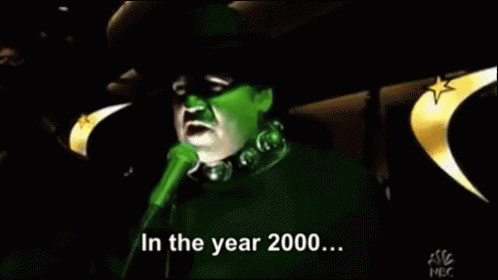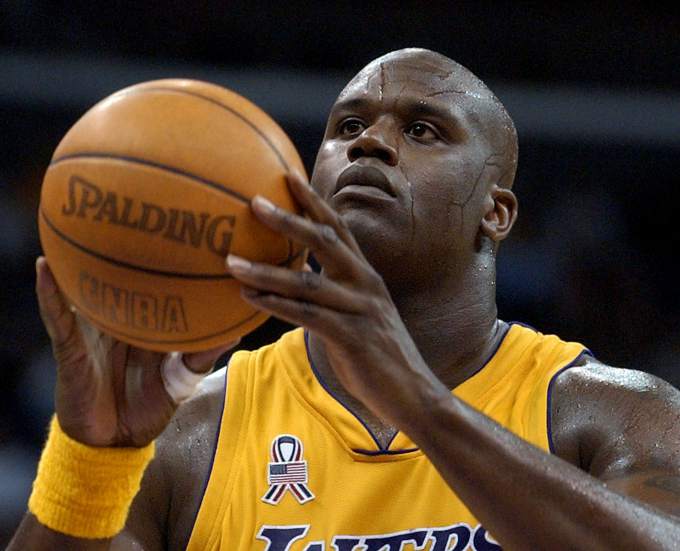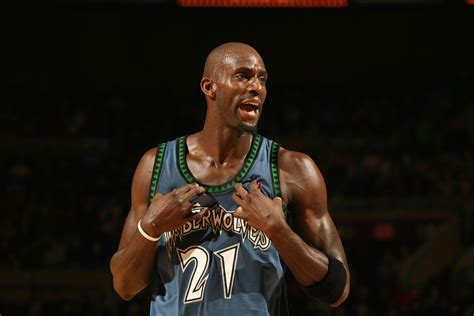As a grizzled fantasy veteran like many of you, I have most players’ typical stat sets from the last few years stuck in my head. It takes a long time for me to change my opinion, regardless of how hot or cold someone gets for a few weeks or so. I generally go with logic and think “small sample size — regression is coming”. But I wasn’t always so boring. It wasn’t always this way…

Flashback to the year 2000…

(Okay, sorry. I’ll try to stay focused. Stupid gifs of everything in history at the click of a button.)
…You’d find me in my dorm room, navigating my way through my first fantasy basketball season, loving our super-fast ethernet connection (no more AOL dial-up like at home!). Putting off homework by manually adding up my team’s stats on Yahoo each night in the pre-StatTracker days. It was an 8-cat Roto league (still my game of choice), so I didn’t need to get too crafty with weekly games played, matching up against specific teams, or checking NBA opponents. I’d been a big NBA fan, but I’d lost touch somewhat since my Bulls had disbanded in 1998. So, my main strategy was simple: Look at stats for the last month, and pick up whoever the best available guys were (I remember a guy I’d never heard of, Bo Outlaw, providing some sneaky stats for weeks and months at a time). Give them a couple of games to see if they’d keep it up, and if not, swap ’em for the next hot thing. Could it be so simple? Well, I ended up winning that league that season. And most seasons after that. You may not have found my friends in my league adding up their teams’ stats at 4 a.m., I guess.
Please, blog, may I have some more?





